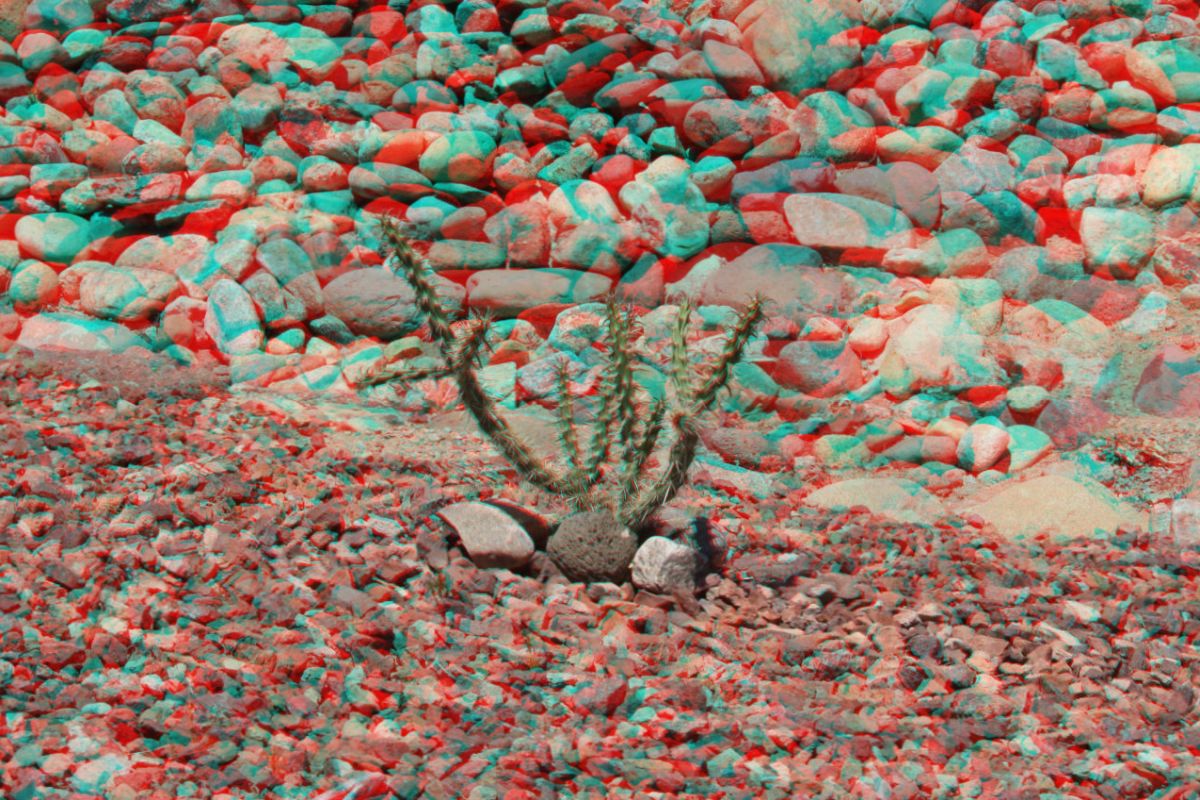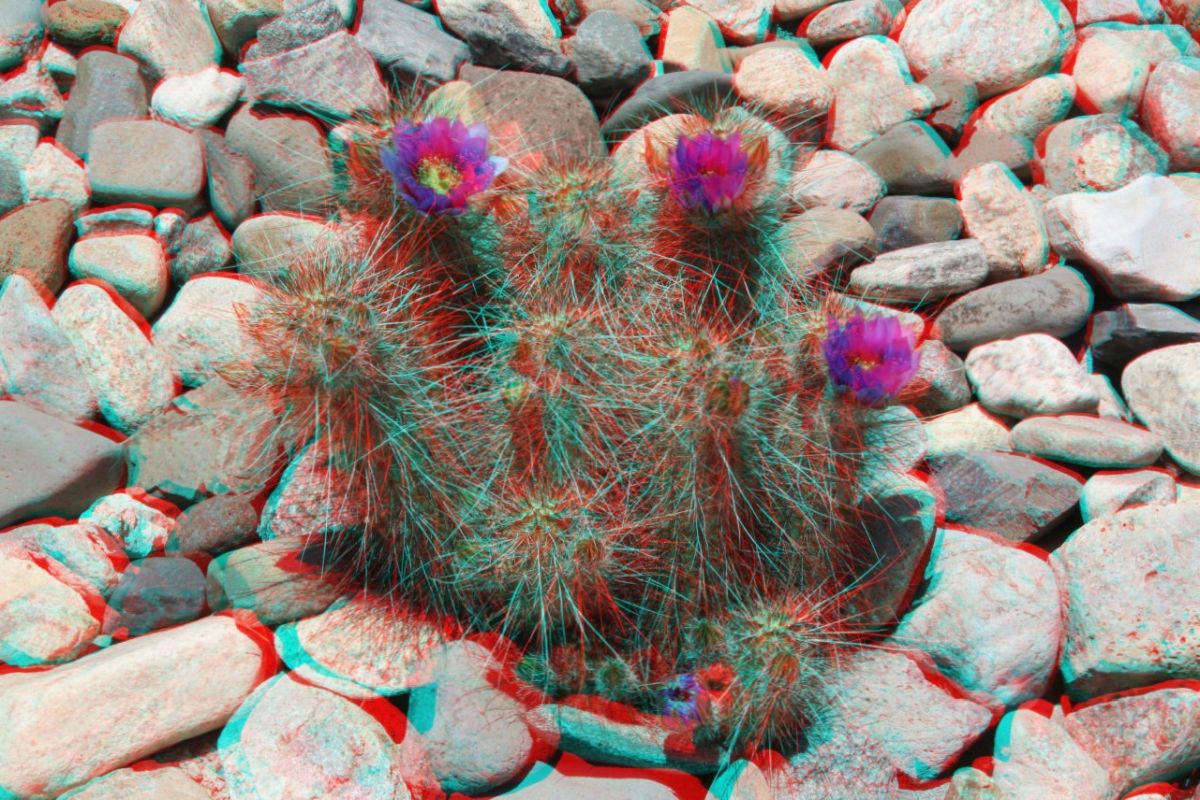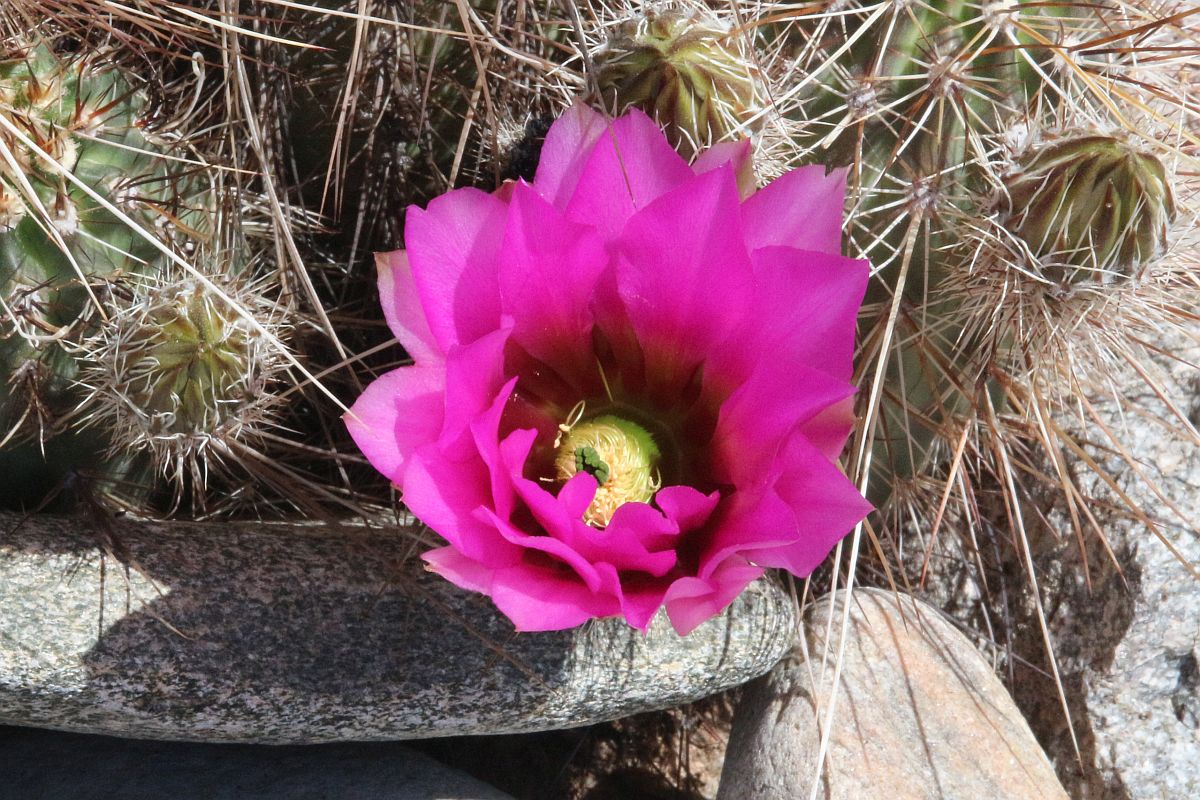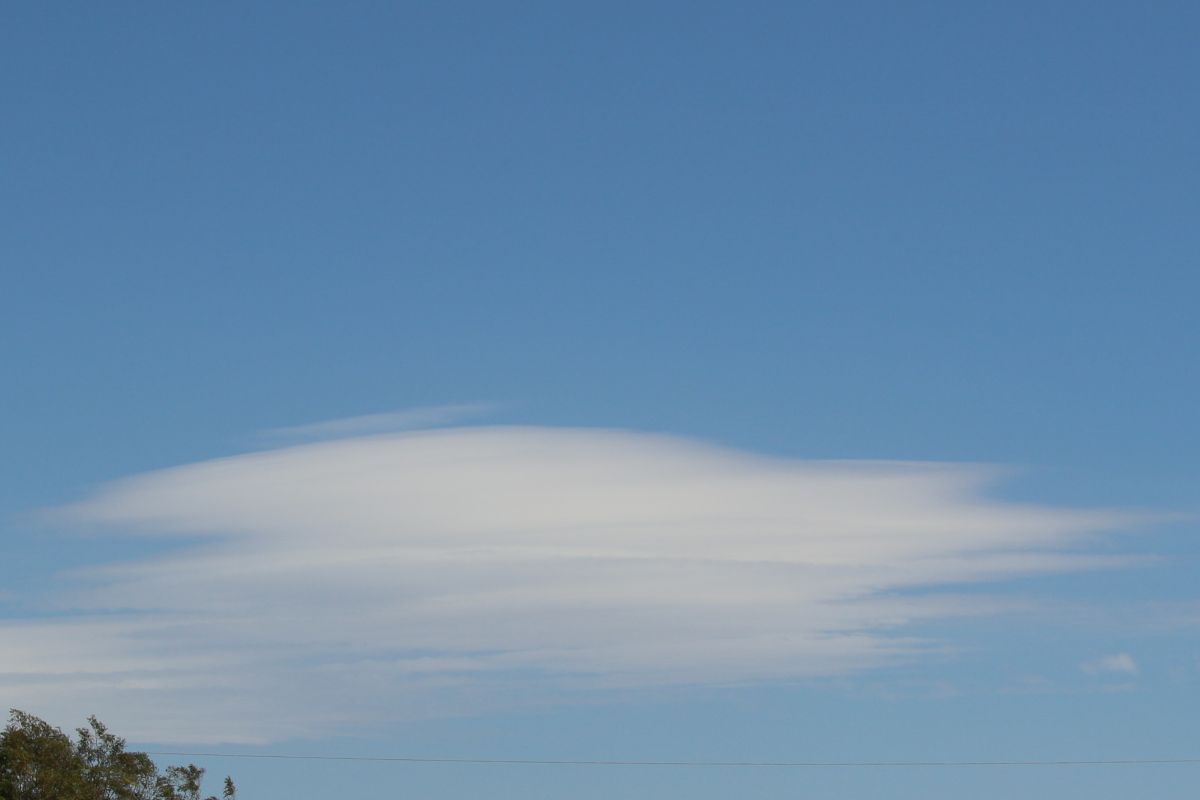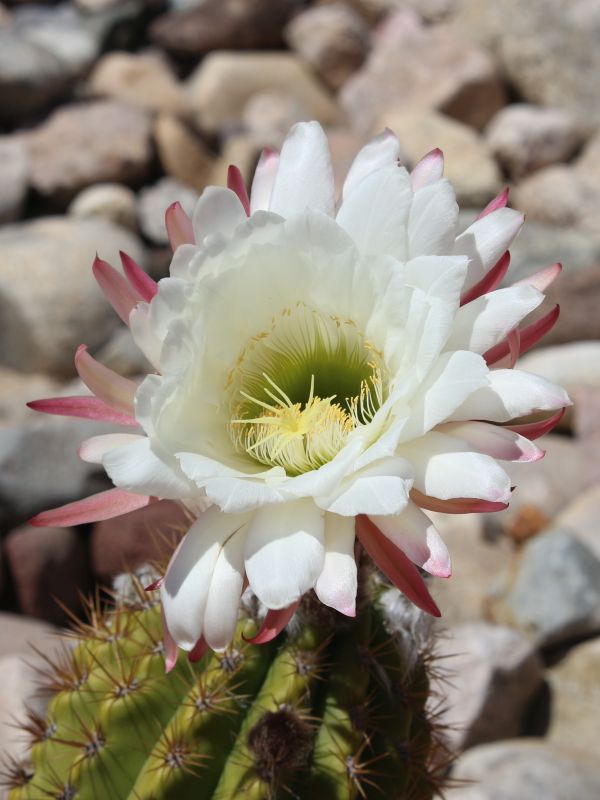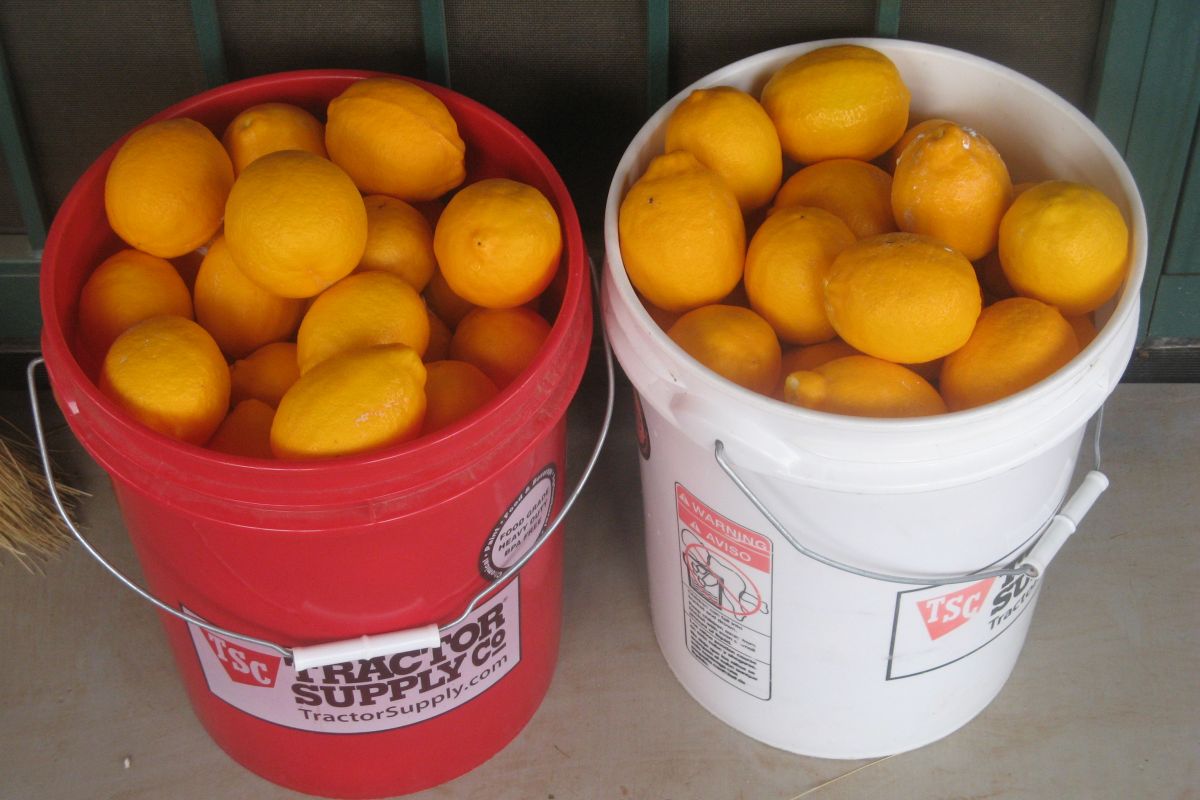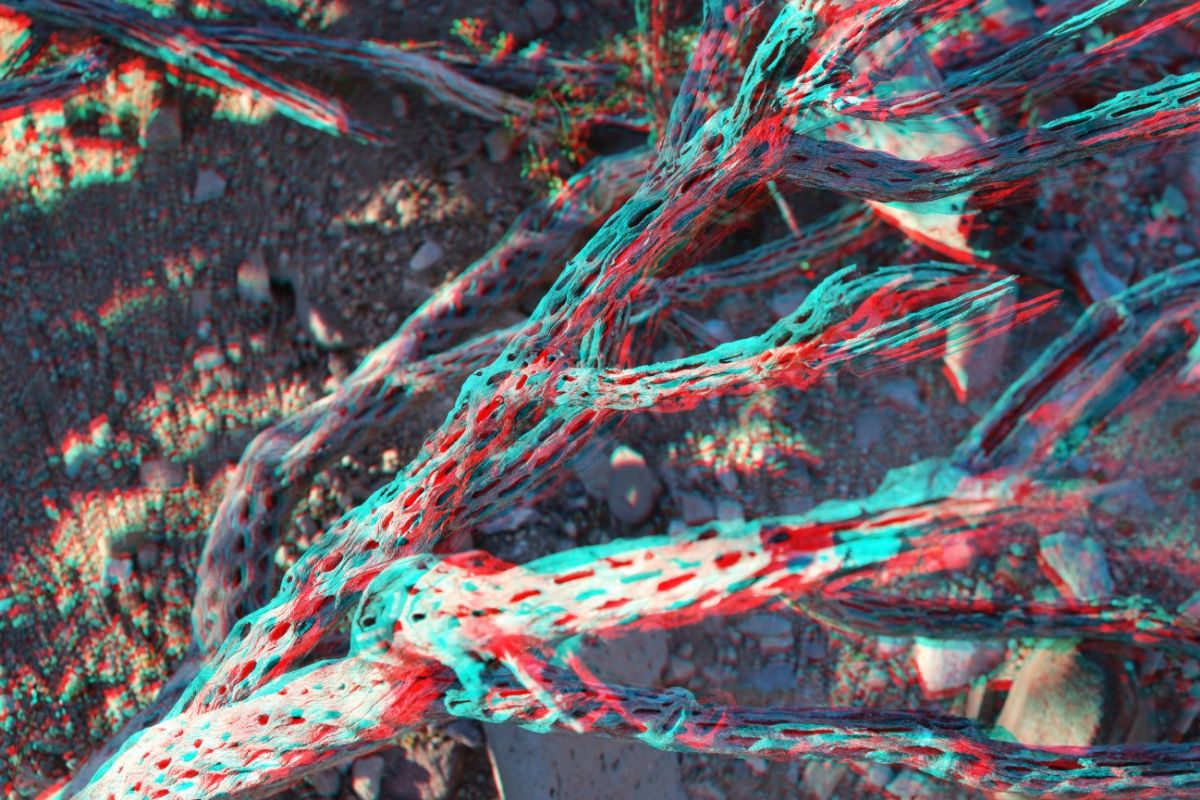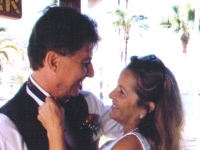Sometime last year, we noticed a small protrusion of what appeared to be new cactus growth under the red rocks that cover the ground around our house. Eventually, this winter, the cactus had evolved into a two-prong sprout with each prong measuring six to eight inches in length. As of the emergence of spring, the growth has really taken off virtually tripling the size of the little cactus.
I took a side-by-side image of the cactus and made it into the anaglyph seen above. Click on the image to enlarge.
If you don’t happen to have your 3D glasses handy, you may view the 2D image here.
![]()

